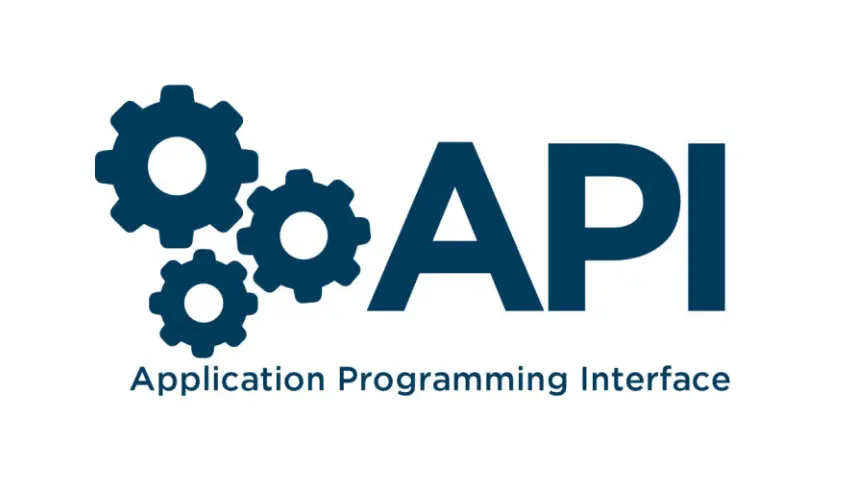
A Complete Guide on API Development in 2023
An application programming interface (API) specifies how two programs should interact. The primary motivation for this data interchange across apps is facilitating cooperative operation. While APIs aren't required for the Software Development Life Cycle (SDLC), they are often used when the underlying system is complicated and heterogeneous.
APIs may be used for many purposes, making compiling a unified manual on the topic challenging. In the following parts, however, we'll cover much of the ground you could cover when creating an API for your company. In this comprehensive reference, we cover all there is to know about application programming interfaces (APIs): how they function, the most prominent firms that use APIs, the many kinds of APIs, ways to monetize APIs, and more.
What Makes API Useful For Businesses?
Building a mobile app will take a long time if no APIs are available in the development environment. The following are a few of the many benefits of utilizing APIs for expanding businesses:
To begin with, back cutting-edge tech
With an API, it's simple to adapt your company to new technology. There is a wide range of APIs out there that cater to specific needs. The organization's growth team may employ them to augment existing capabilities.
Reasons What Makes API Best
Quick reaction time
Nowadays, much of the web and mobile applications' functionality comes from other companies' APIs. Whether it's your internet service provider, operating system, or some other company's servers, almost every program you use on your phone will eventually depend on an API.
Users have come to anticipate instant gratification when clicking on anything in an app, even though each request must traverse many software components en route to its final destination (such as database queries, backend calculations, web services, caching systems, etc.).
Inexpensiveness
The initial investment is optional for APIs since you don't have to pay additional staff or software. The IT department will save time and effort by relying on external APIs for some aspects of the company's software.
Profiting from APIs
As a digital asset, API may be sold at a profit to generate ongoing earnings without any active management on your part. Earning money using APIs is possible in several different ways.
Some firms make their APIs available to other companies or developers so that those third parties may resell the API's services to the end customers of their applications and websites. In exchange, you get compensation from the apps' API use fees.
Ways of API Monetization
APIs allow for a great deal of personalization in terms of their features, which makes it simpler for company owners to look into consumer behavior data and extract insights. They may make money using various business models, such as selling it in prepackaged sets via API calls, database queries, etc.
Plays
APIs may generate revenue from even the most minor pieces of code created for particular purposes. Building, uploading, testing, and deploying code are typical tasks that may be automated.
Input/Output Interface Documentation
Making your API simple for developers is another excellent method to generate revenue.
To increase the number of clients willing to pay for full access to your API, building a valued community around your API is essential, and then providing a free trial period. As a result of APIs, the user experience is sped up and improved.
Different Types of APIs
These are the kinds of APIs available
API Composite
When two or more APIs are joined, it is called a composite API. Developers use these composite APIs to build a sequence of combined or independent actions.
API Partner
A third party develops a partner API for usage by another firm. They are primarily used in business-to-business transactions. These partner APIs are only accessible and used by authorized users. Partner APIs are more secure, intact, and only available to certain entities.
Open API
A public API is open-source and free to use. Developers mainly utilize these to create their software or apps. Open-source libraries are another name for public APIs.
APIs for private use
A private API is one a firm creates to be utilized internally among its workers. They are also known as Intranet APIs. One of the primary reasons for developing private APIs is to safeguard the company's intellectual property and trade secrets.
How does an API function?
APIs provide access to a software program from outside the application context. APIs are a collection of communication protocols and tools for creating these communication channels.
RESTful services, which employ HTTP as the binding protocol, are deployed on most API servers. RESTful APIs are the most dependable and user-friendly.
It is essential to understand your requirements before beginning to design an API. When you've specified your needs, ensure that the API properly offers the services by taking the following three factors into account:
Wrapping Up!
The most effective strategy for creating a fully functional, feature-rich API is to avoid infringing on intellectual property and include all relevant technology stacks.
APIs started quite simply, but they've evolved far more potent. Unfortunately, developing APIs is becoming more complex. To quickly and easily succeed with APIs, you need the help of professionals.





